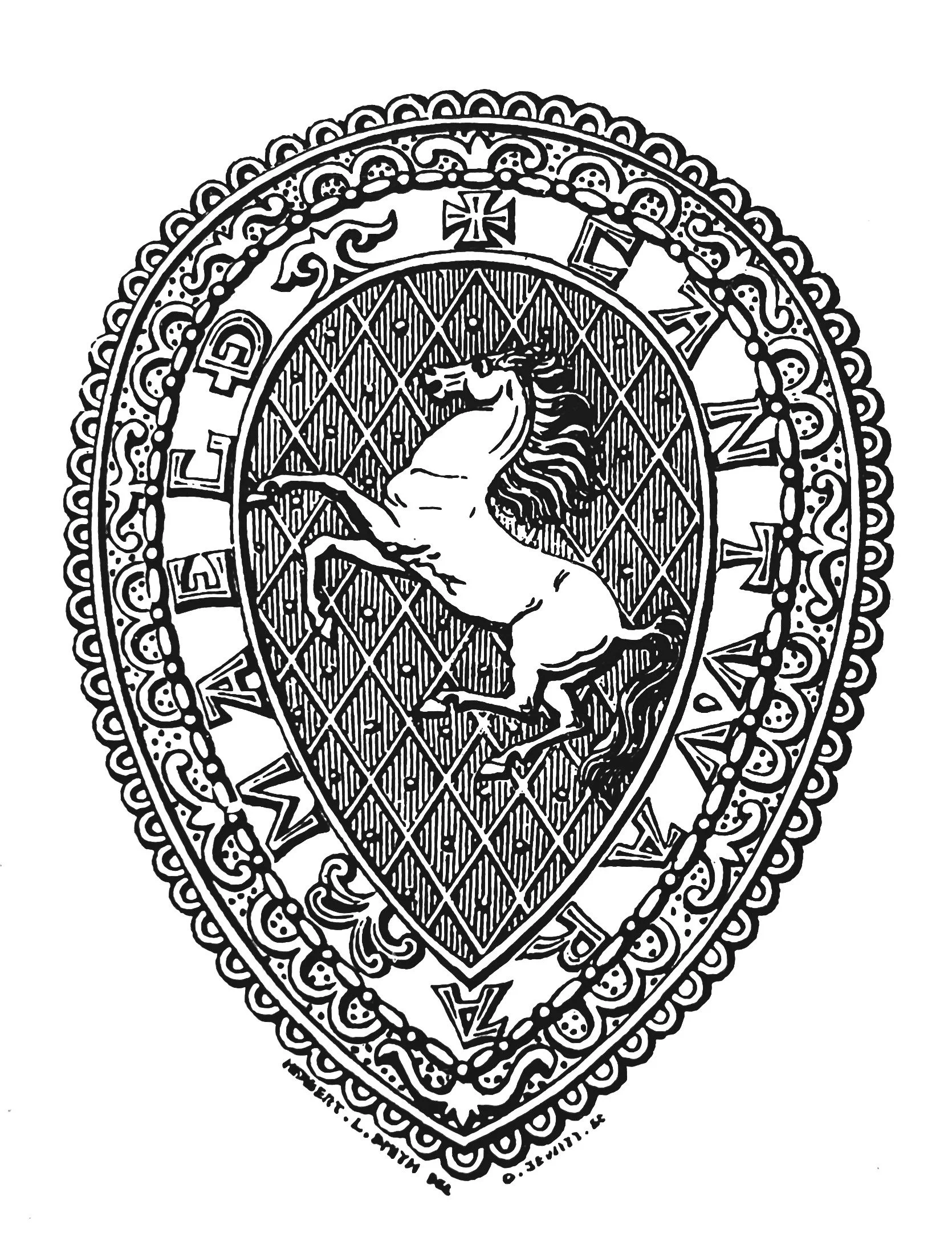Featured
KAS Newsletter, Issue 45 (Winter 1999/2000). Maidstone: Kent Archaeological Society.
KAS Newsletter, Issue 45 (Winter 1999/2000). Maidstone: Kent Archaeological Society.
KAS Newsletter, Issue 45 (Winter 1999/2000). Maidstone: Kent Archaeological Society.
Joy Saynor, 1999, KAS Newsletter, Issue 45 (Winter 1999/2000). Maidstone: Kent Archaeological Society.
Dr. Michael Still, Hon. Curator, KAS, 1999, KAS Newsletter, Issue 45 (Winter 1999/2000). Maidstone: Kent Archaeological Society.


Alan Ward, Part-time lecturer in archaeology at Christ Church University College, 1999, KAS Newsletter, Issue 45 (Winter 1999/2000). Maidstone: Kent Archaeological Society.